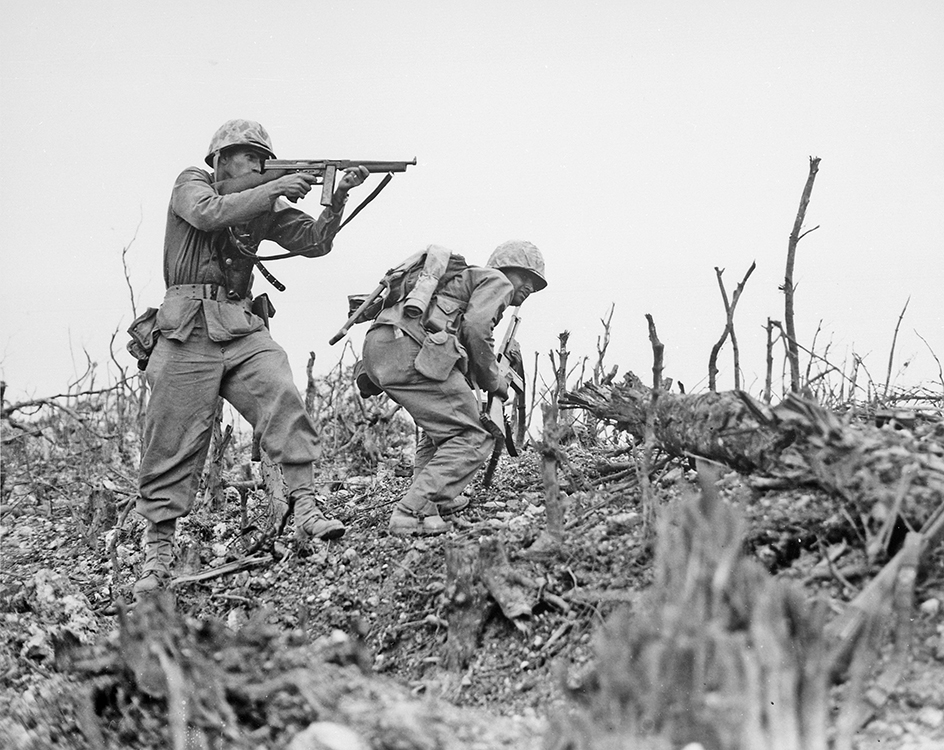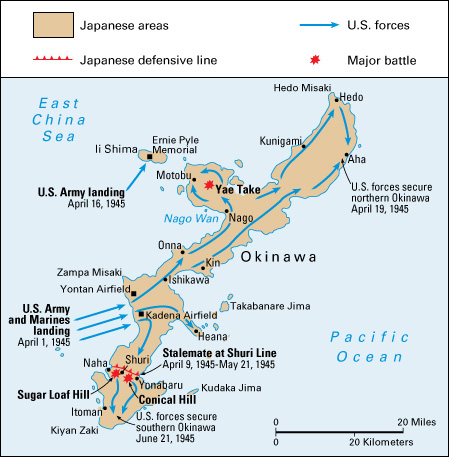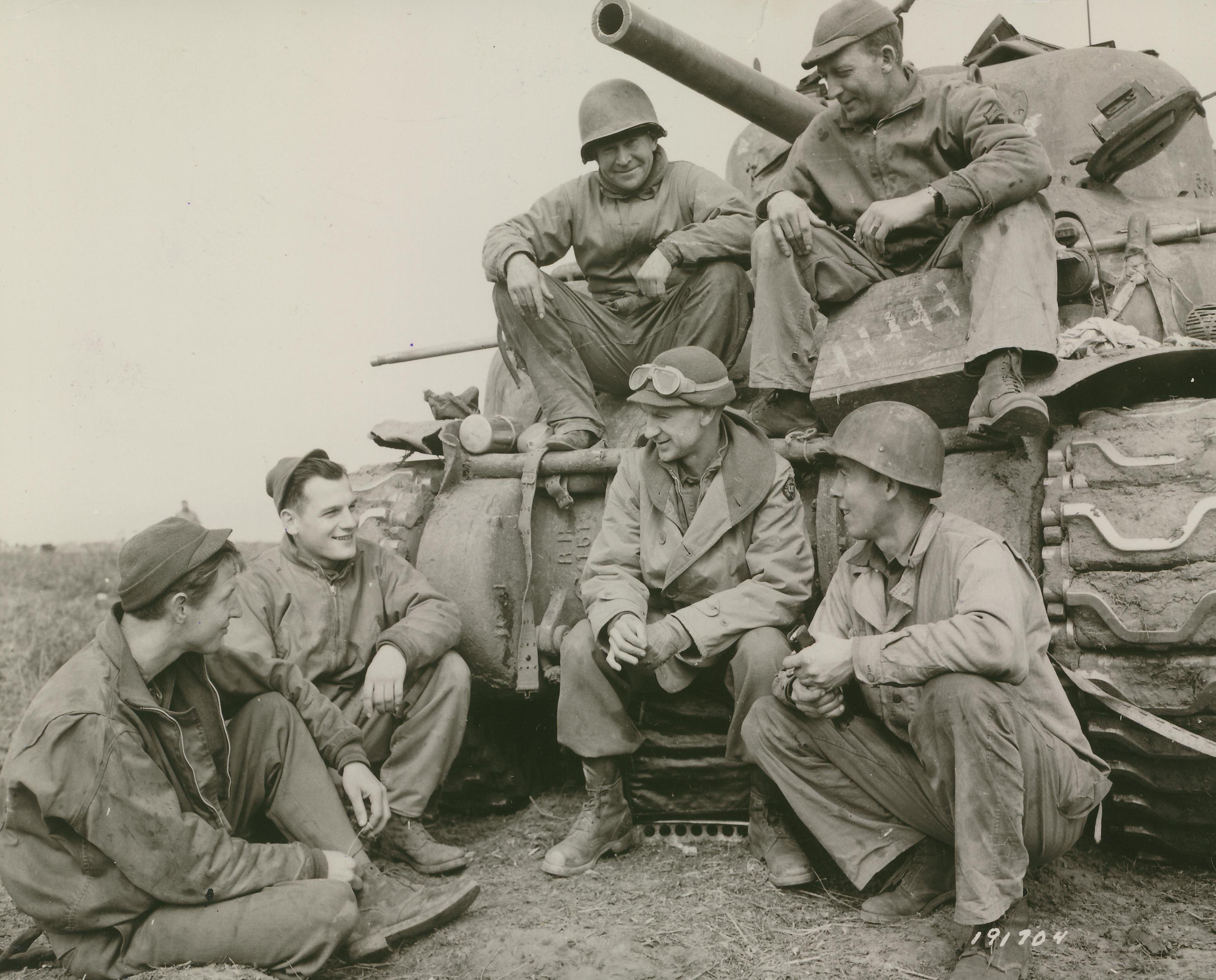Okinawa, Battle of, was a clash between United States and Japanese forces during World War II (1939-1945). The bloody battle lasted from April to June 1945 and ended in a U.S. victory. Okinawa is the largest of the Ryukyu Islands, south of Japan’s main islands. The struggle for Okinawa was the last great battle of World War II. The battle’s ferocity and enormous death toll helped convince American leaders of the need to use atomic bombs to end the war.
Background.
In late 1944 and early 1945, U.S. troops were closing in on Japan. American soldiers had taken Luzon, the largest island of the Philippines, and Iwo Jima (now Iwo To) in the northern Pacific. Okinawa was next on the list. The Americans planned to use the 465-square-mile (1,204-square-kilometer) island as a staging area for the people and equipment needed for the invasion of Japan. 
The plan to take Okinawa was called Operation Iceberg. It included an invasion fleet of some 1,300 ships carrying about 180,000 assault troops. The force included warships from the British Pacific Fleet. About 120,000 Japanese troops awaited the invasion on Okinawa. This number included thousands of Okinawans drafted to fight or serve in labor or support roles.
The battle.
On April 1, 1945, after a lengthy bombardment, American troops poured onto Okinawa’s southwest beaches. They met little resistance and quickly cut across the island to its east coast. However, when the Americans attempted to push south, they ran into a heavily defended Japanese network of trenches, barbed wire, pillboxes (small concrete bunkers), and tunnels. The strongholds of Naha, Shuri, and Yonabaru anchored this network, known as the Shuri Line.

Brutal fighting erupted along the Shuri Line’s hills, ravines, caves, and burial tombs. The battle bogged down amidst muddy spring weather, with both sides taking heavy casualties (people killed or wounded). The Japanese launched a number of counterattacks, stalling the Americans’ progress. In late May, the surviving Japanese withdrew from the line. Their resistance was broken, but pockets of Japanese troops held out for weeks.
Throughout the battle, the Japanese launched waves of kamikaze (suicide plane) attacks against Allied ships around Okinawa. Most of the kamikazes were destroyed before reaching their targets, but many Allied ships were hit. The last threat of the Imperial Japanese Navy, including the battleship Yamato, was eliminated during the fighting. The battle ended on June 21.
Aftermath.
On land and at sea, the Battle of Okinawa took the lives of 110,000 Japanese and Okinawan troops. Some 12,500 American soldiers, sailors, and aviators also died. Okinawan civilian deaths numbered about 80,000. With 36 U.S. ships sunk and 368 damaged, the Battle of Okinawa was the costliest battle in U.S. Navy history. The Japanese lost 16 ships and 7,830 aircraft.
Ernie Pyle, a famous American war reporter, was one of the battle’s many casualties. He was killed by Japanese machine-gun fire on April 18. On June 18, Japanese artillery fire killed Lieutenant General Simon B. Buckner, Jr., commander of the U.S. ground forces. Buckner was the highest ranking U.S. military officer killed by enemy fire during World War II. 
In August, U.S. warplanes dropped atomic bombs on the Japanese cities of Hiroshima and Nagasaki. The Japanese officially surrendered on September 2, bringing an end to World War II.
